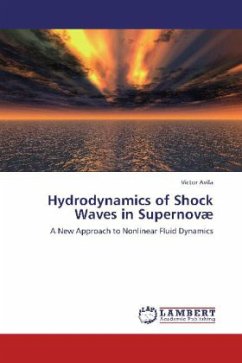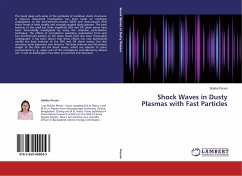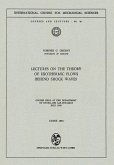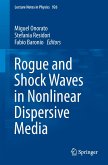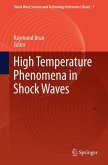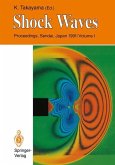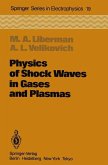The mathematical description of shock waves has been a fundamental challenge in Fluid Dynamics and became a real problem for the calculations of the first thermonuclear explosions, during World War II. Two famous mathematicians, Von Neumann and R. D. Richtmyer, working at Los Alamos, addressed the issue by including an artificial viscosity to smooth the shock transition. In general, numerical solutions of hydrodynamic problems make use of two different grid points to represent the relevant variables, namely the Eulerian and Lagrangian representations. The arbitrariness related to the selection of grid points, ad hoc, is examined in detail in this book, as well as the reasons subjacent to the need to introduce an artificial viscosity. A new approach to Hydrodynamics is presented in which the specification of grid points is considered an intrinsic part of the dynamic problem and in which the discontinuities are taken into account in its own formulation. Based only in the Hamilton sPrinciple a set of differential equations is deduced for both dynamic variables and grid points. The formalism is applied to the study and analysis of supernova explosions.

